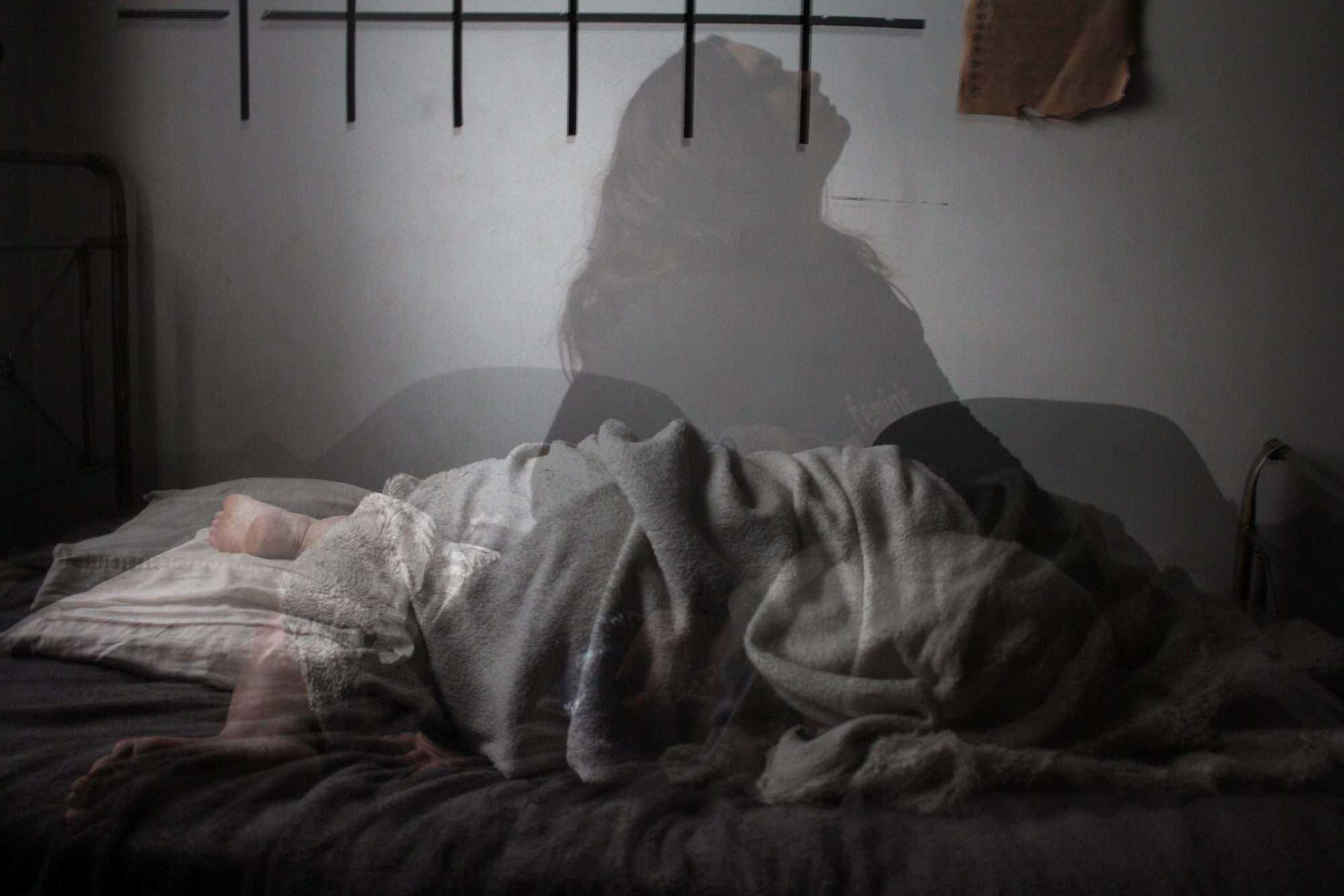BY STEVEN KASZAB
Members of the Aboriginal and 1st Nations community who require or need mental health services are often restrained and secluded at a much higher rate than the general population. Investigations have been carried out by our government’s health agency, into the accusations made by many 1st Nation community members’ families that their family members have experienced undue mistreatment at a time when they were vulnerable, in need of empathy and assistance.
Canada’s Mental Awareness Council reported that more than 7.5% of Aboriginal people admitted to Canada’s Health Facilities were subjected to seclusion, while 1st Nations make up just 3.5% of the total people admitted. Aboriginal and 1st Nations patients were also restrained 6.8% higher than the general population. There is a 14% health gap between Aboriginal and non-Aboriginal people.
This could answer the question as to why 1st Nations people might be apprehensive to seek both medical and mental health assistance. While these mental health services and acute medical units are supposed to make people feel safe, this small sector of the population actually and deliberately avoid these services for fear of potential mistreatment. Are they being harmed by and traumatized by these practices?
Aboriginal adult patients were often isolated more than once during their stays, while isolation of other patients happened less often. There is a lack of information regarding what type of seclusion or restraint was applied. Also information regarding the treatment of adult and youthful Aboriginals in the Emergency Centers (ER) was lacking. The key to understanding people’s experiences in the system is for us to have more data, and making that data easily available. This data is seemingly non-existent.
Understanding who is using the health system, how and why is essential. To understand 1st Nations patient’s relationship with “the system” requires purposeful data collection.
- What is their relationship with the system?
- Is a seclusion room culturally safe for 1st Nation’s patients, or other cultures?
- Are Aboriginal Medical Centres better suited to these population groups?
- Do healing centres need to be more complementing of their social and emotional wellbeing?
- Does a hospital visit cause cultural and emotional trauma?
Cultural safety is a huge barrier to delivering appropriate healthcare to many. To go to a hospital/mental health centre at your greatest time of need and be: judged, secluded and possibly restrained is an experience no one should have to go through. The practice of seclusion and restraints should be used appropriately, only when necessary, and phased out of the system over time.

